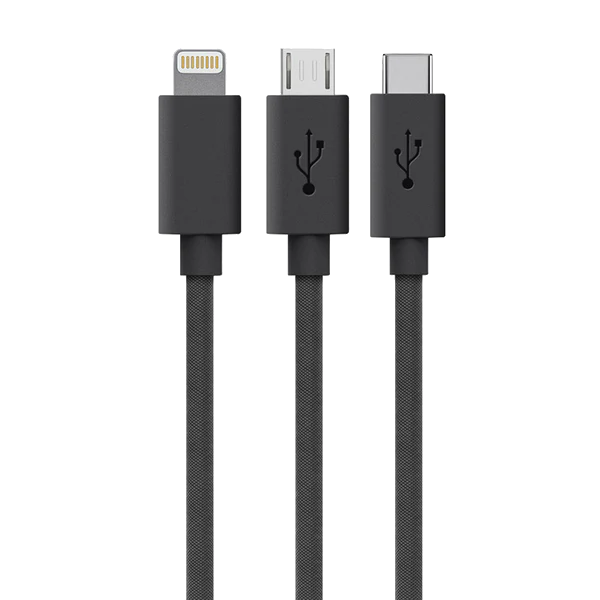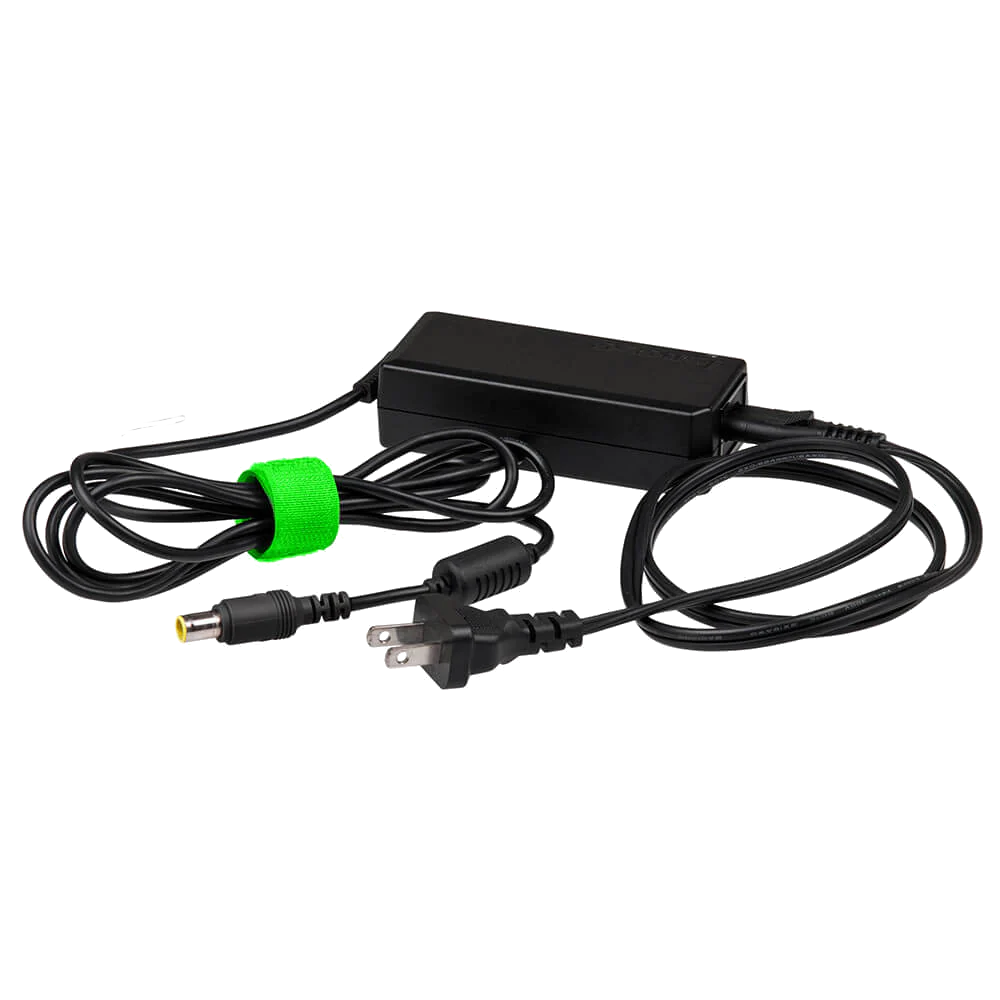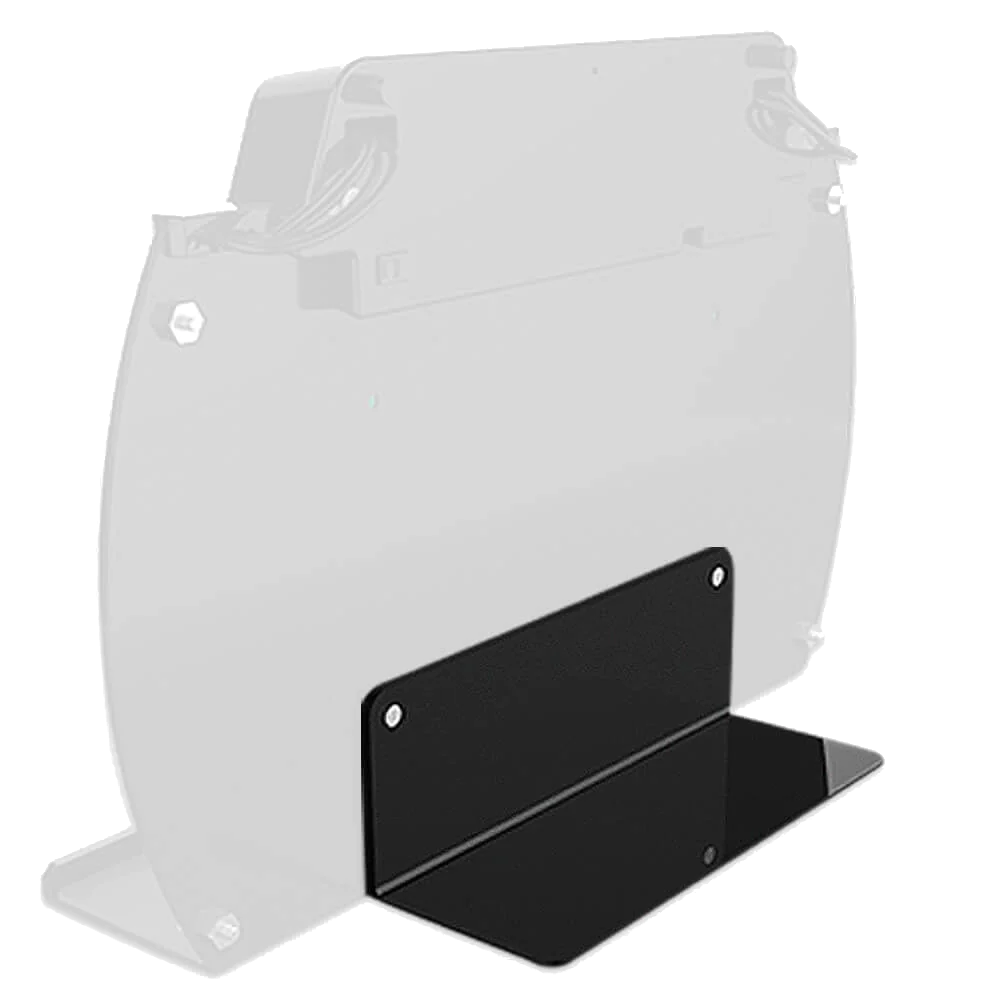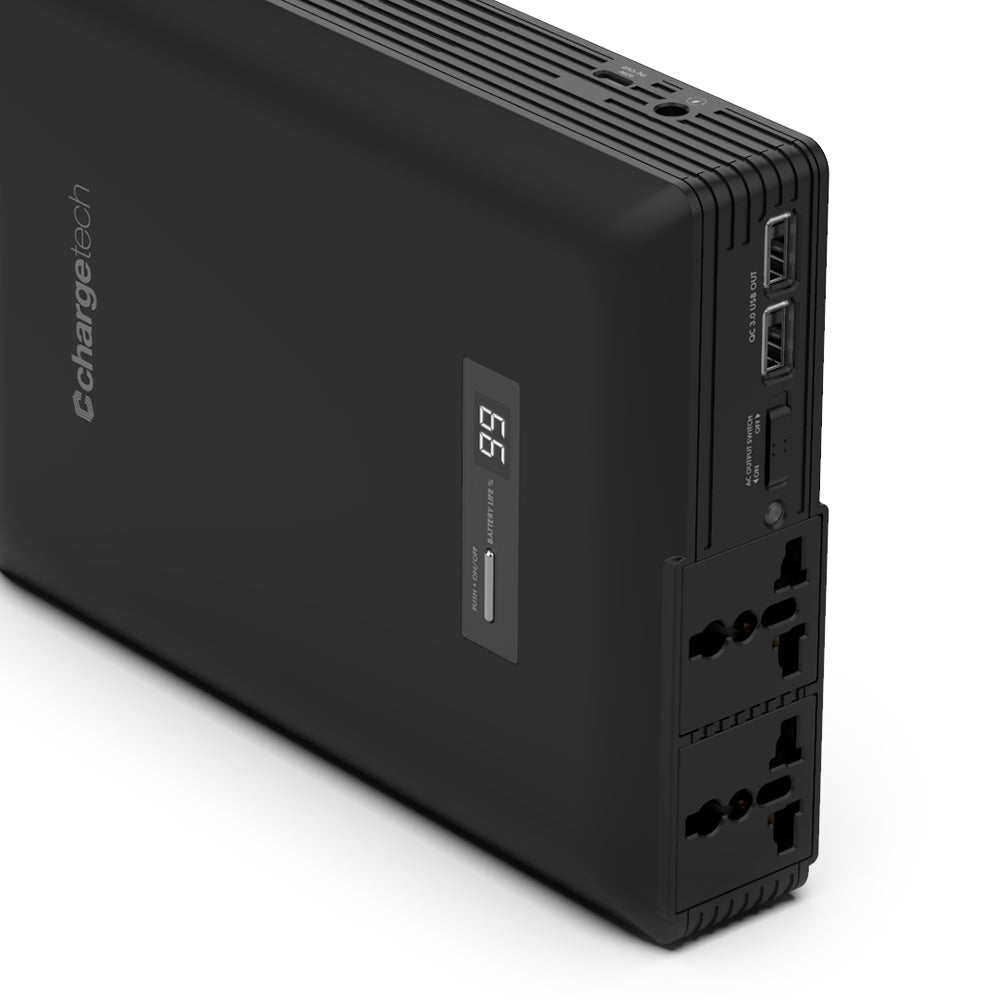The digitization of shopping, along with the shift in customer buying behavior, has resulted in significant changes in the retail landscape. According to Morgan Kelleher of Forbes, customers nowadays have lower attention spans, shop on their mobile device first, use recommendations and conduct research prior to making a purchase.

Data is king. Kelleher goes on to mention that the stores of the future will use data obtained to personalize every individual’s shopping experience. With data gathered from mobile technology, representatives of the brand will be equipped with profiles on buying behavior, product preferences and demographic information. This will all drive more sales.

Let’s be honest with ourselves, we all do it. Consumers nowadays browse products on mobile devices for the best price even while they’re in stores. This may seem like a negative, but this shift offers an opportunity for retailers to improve the overall customer experience.
One way to optimize the value of a physical location is to leverage it in a way that allows you to connect with customers through their experiences.
An interesting example Kelleher provided, Rent the Runway, an e-commerce based brand that sells designer dresses and accessories. After they built their online presence, they opened showrooms across major U.S. cities. Once a customer would enter, they would enter their account info, giving their personal stylist access to their recent purchases and favorited items. This experience enabled customers to try on and feel the fabric of clothes. Furthermore, the strategy made it easier for the stylist to provide recommendations and accessories.
Focusing on customer service and helping along the flow of the customer journey will drive loyalty in a competitive space.

Incorporating UGC into your marketing strategy will not only increase engagement but customer trust as well. This simple strategy allows brands to connect with the customer in a personal way.
No matter what unique strategies you decide to incorporate, the most successful stores will be those that utilize their online presence and unify it with an experiential environment.

How Do You Embrace These Changes?
In today’s digital economy, in order to have an edge, you must have a bond between digital channels and brick and mortar. Retailers striving for a digital transformation by enacting devices and applications will afford themselves the luxury of enhancing the shopping experience in store for the customer.
Online shopping, while convenient, still leaves some customers craving a social experience, which can be had at a physical store.
How Do You Drive Traffic To Your Store?
Consider adding mobile strategies to your plans such as notifications, coupons, and mobile apps. This makes perfect sense the more you think about it, since customers will already have their phones in hand. Implementing a strategy like this will directly impact engagement and increase loyalty with your customers.Data is king. Kelleher goes on to mention that the stores of the future will use data obtained to personalize every individual’s shopping experience. With data gathered from mobile technology, representatives of the brand will be equipped with profiles on buying behavior, product preferences and demographic information. This will all drive more sales.

Shopping Habits: Mobile First
To no one’s surprise, shopping habits have changed dramatically in recent years due to the rise in mobile shopping. In fact, 71% of consumersare shopping online cause they feel they can find a better price.Let’s be honest with ourselves, we all do it. Consumers nowadays browse products on mobile devices for the best price even while they’re in stores. This may seem like a negative, but this shift offers an opportunity for retailers to improve the overall customer experience.
One way to optimize the value of a physical location is to leverage it in a way that allows you to connect with customers through their experiences.
An interesting example Kelleher provided, Rent the Runway, an e-commerce based brand that sells designer dresses and accessories. After they built their online presence, they opened showrooms across major U.S. cities. Once a customer would enter, they would enter their account info, giving their personal stylist access to their recent purchases and favorited items. This experience enabled customers to try on and feel the fabric of clothes. Furthermore, the strategy made it easier for the stylist to provide recommendations and accessories.
Focusing on customer service and helping along the flow of the customer journey will drive loyalty in a competitive space.

User-Generated Content
Tintup.com defines user-generated content as any type of content that has been created and shared by unpaid contributors AKA fans. It can refer to pictures, videos, testimonials, tweets, and blog posts etc. The users promote the brand rather than the brand itself.Incorporating UGC into your marketing strategy will not only increase engagement but customer trust as well. This simple strategy allows brands to connect with the customer in a personal way.
No matter what unique strategies you decide to incorporate, the most successful stores will be those that utilize their online presence and unify it with an experiential environment.




